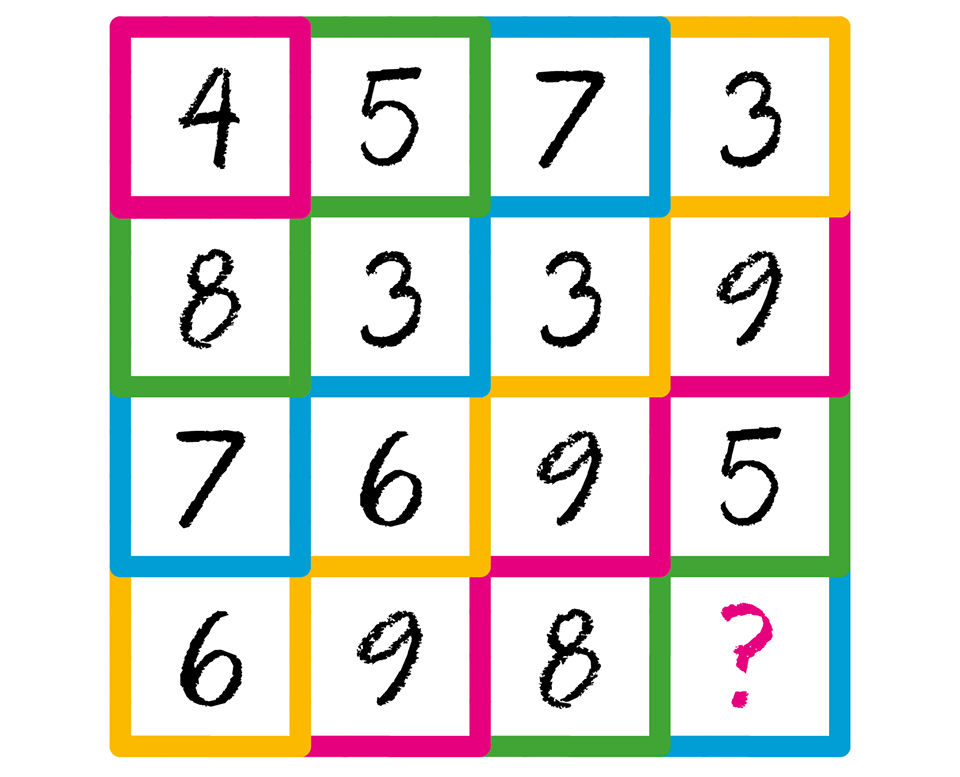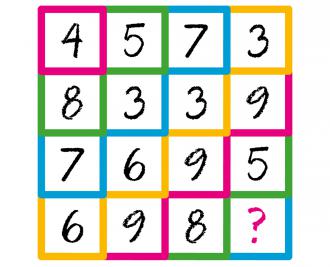MATH PUZZLE: Can you replace...
MATH PUZZLE: Can you replace the question mark with a number?Correct answers: 113
The first user who solved this task is H Tav.
#brainteasers #math #riddles

A police officer pulls over a...
A police officer pulls over a driver and informs him that he has just won $5,000 in a safety competition, all because he is wearing his seat belt.
"What are you going to do with the prize money?" the officer asks.
The man responds, "I guess I'll go to driving school and get my license."
His wife says, "Officer, don't listen to him. He's a smart aleck when he's drunk."
The guy in the back seat pops up out from under the blanket and says, "I knew we wouldn't get far in this stolen car."
Just then a knock comes from the trunk and a voice calls out, "Are we over the border yet?"
"What are you going to do with the prize money?" the officer asks.
The man responds, "I guess I'll go to driving school and get my license."
His wife says, "Officer, don't listen to him. He's a smart aleck when he's drunk."
The guy in the back seat pops up out from under the blanket and says, "I knew we wouldn't get far in this stolen car."
Just then a knock comes from the trunk and a voice calls out, "Are we over the border yet?"

